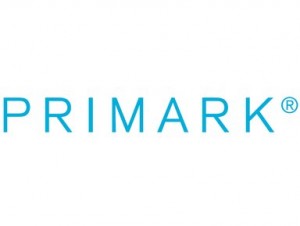

These tips will save you months of work and thousands of Euros, will help you develop a product that people want, help you devise your sales and marketing strategy and build a structured list of people who are actually willing to buy your product – all before you’ve invested any time or money manufacturing the product.
Ask yourself:
1. Who are my customers?
Properly identifying and segmenting your target market is an absolute critical first step in the process and something so many entrepreneurs get wrong. If You Think Your Target Market Is “Everyone” – You’re In Serious Trouble.
If I’m meeting a new client and ask who their target audience is and they answer with something like ‘everyone’ or ‘this product can help anyone’, I know we’ve got some work to do.
Obviously we all want to sell our products in bulk and in 99.9% of cases we don’t really care who buys it as long as they buy it – so, we just put some ads in the paper, build a website, maybe hire a sales person or two and do lots of other stuff that costs money. Then we are surprised when we’ve little or no sales.
Here’s the problem; Ultimately, if you’re in business, chances are you are trying to help people solve a problem, satisfy a market need and at the same time make a profit. Logically you’d think the right answer would be that the bigger your market i.e. ‘the everybody’, the bigger and more profitable your business. Unfortunately – not so.
So many of us fall into this trap – Defining Your Target Audience TOO broadly.
The reality is that the vast majority of people out there are not your target audience.
Much proof exists around this one critical point – Your business success will be defined by how clearly and specifically you target your market. Take some of the words most successful companies from the list below and ask yourself, who is their target market? Do they target everybody? Or to phrase it differently, ask yourself, who is NOT their target market:
• Tiffany & Company (High-end jewellery)
• Penny’s (Retailer of reasonably priced fashion and home wear)
• Paddy Power (Retail and online bookmakers)
• Hollister (Casual clothing outlet)
The list could go on and on, but I think you get my point. None of the above try to appeal to ‘everybody’, they are very clear on who they are targeting.


Both companies target very different markets yet they are both major, highly profitable brands. Neither targets ‘the everyone market’.
Hollister is another great example of a company that does customer targeting very well –and yet again, they are incredibly successful.

I like to think I’m with the times and well up with fashion and all that…, but when I walk into the Hollister shop, be it in Dundrum, Edinburgh or anywhere – I can’t navigate my way around, I bump into things, and I find myself squinting to see the sizes on labels, the place is just in darkness. They also don’t have any fitting rooms! I can’t wait to get out, away from the loud, thumping music.
BUT…that’s ok. I’m not in their target market.
Their target market is young, hip and “cool” teens looking to be seen in cool clothes. That in its self is industry best practice when it come to a well defined target market. Not only do they appeal so highly to their target market, they purposely diss-appeal to those not in it – aka – me! They do this because they know I will spend nowhere near as much in store as their target segment.
The point is – it’s okay that you don’t appeal to some or all market segments – when they are not your target audience.
Focus your time and money in identifying your target customers and stick with them and always ask – who won’t buy my product? While this blog gives examples of B to C marketing segmentation and customer identification, it can be easily transferable to the B to B market. If you’d like more information on ‘defining your customer’ contact me in IMS today on 091 739450 or email [email protected]
Links
Idea Validation – https://www.imsmarketing.ie/news/are-you-an-entrepreneur-or-a-wantrepreneur/

